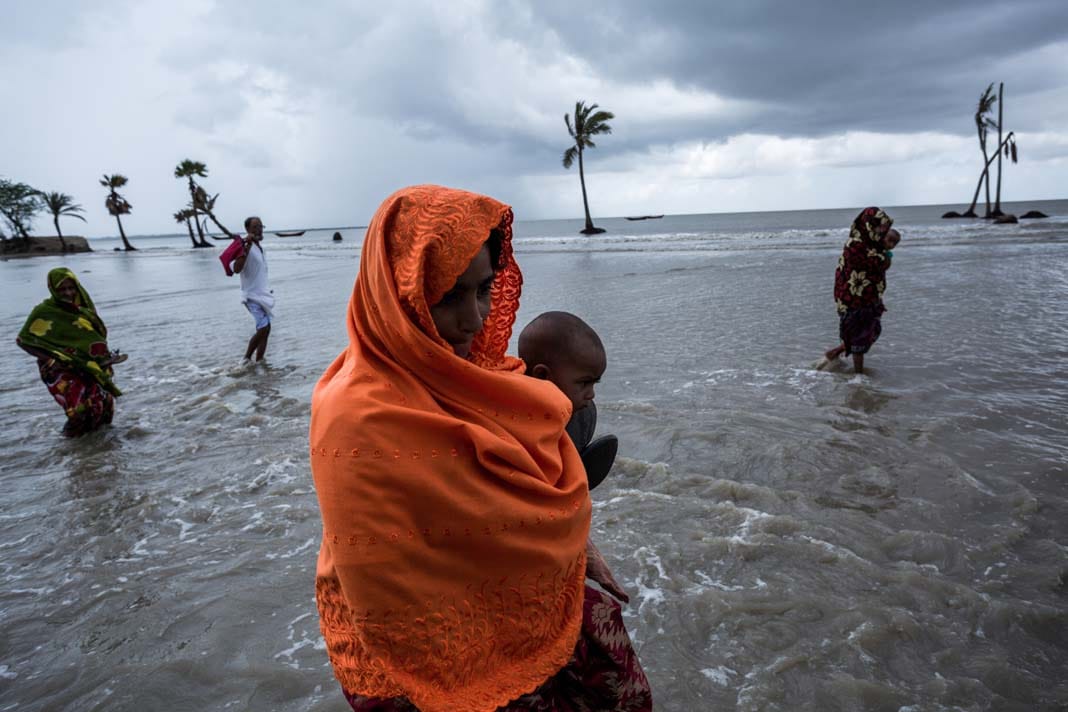This is what resilience looks like (Photo essay)
Shrinking mangroves in India’s Sundarbans leave families facing sea-level rise, hunger, and tiger attacks, showing the cost of climate change.

“I saw the forest of my childhood vanish, and with it, the safety of families who now live between water and fear.”
In 2014, I launched Sinking Sundarbans with a single question: how does life continue in one of the world’s largest mangrove forests, when the ground beneath it is disappearing?
I grew up in Baruipur, near Kolkata, and often visited my uncle’s home in the Sundarbans. Back then, it was a dense, green world and a natural buffer against storms. Over the years, I watched that world shrink. Development, deforestation and climate change have all chipped away at the mangroves, leaving the land exposed to the sea.
As a photojournalist, I returned not just to document the landscape, but to listen to the people who live there. What I found was a community surviving against the odds.
Shrinking land, rising salt
The Sundarbans are part of the Ganges-Brahmaputra-Meghna delta, straddling India and Bangladesh. On the Indian side alone, over 4,000 square kilometres are home to four million people, many of them farmers and fishers.
But soil salinity is rising. With every tidal flood, saltwater seeps deeper into the land, poisoning fields and drinking water. Families now walk for hours just to fetch poor-quality water. Farmers face harvest failures year after year. Some take desperate loans from local moneylenders, plunging deeper into poverty.
The sea level here rises faster than the global average, and the islands are sinking. Places like Ghoramara and Mousuni are almost gone. As the land disappears, so do livelihoods. Many families leave.
Becoming climate refugees
A new migration wave is underway. Families leave their ancestral islands for India’s bustling cities, hoping to find work. But the cities are no safe haven. Jobs are scarce, and exploitation is common.
Others stay and risk alternative livelihoods, such as fishing, crabbing or collecting wild honey in the mangrove forests. These jobs bring income, but also danger. Every year, tigers attack and kill dozens of men and women. I met survivors who live with constant fear, unable to return to the forests that once fed their families.
Laltu’s story
One face I can’t forget is Laltu, 26, whose grandmother was killed by a tiger. When I met him, he was struggling with severe diarrhoea, made worse by salty drinking water. His grandfather, once a lively man, now lives in constant worry for his family’s safety.
These are not just statistics. These are families, and every loss leaves a scar.
A call for global attention
The Sundarbans is a UNESCO World Heritage Site, but it is more than a global treasure. It is home. As its mangroves vanish, the world must pay attention — not only to the ecosystem, but to the people who live there.
I hope that by sharing their stories and images, I can help amplify their voices. They are already resilient. What they need is support from governments, civil society and all of us to build a future where their children can stay.









Waves crash against a fragile embankment in the Sundarbans, India. Photo: Supratim Bhattacharjee




